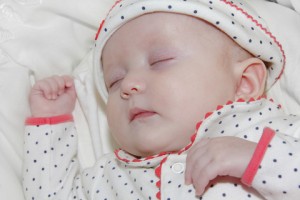 One of the biggest fears of parents of new born babies, is that they will wake up one morning and find their child in his crib and not breathing.
One of the biggest fears of parents of new born babies, is that they will wake up one morning and find their child in his crib and not breathing.
Unfortunately, such fears are well founded, because Sudden Infant Death Syndrome is one of the leading causes of death in infants between the age of 1 month and 1 year, with most deaths occurring between the ages of 2 and 4 months.
To make matter worse, these deaths are completely unpredictable, and occur in seemingly healthy babies with no advance warning.
It appears as though the child has simply stopped breathing during sleep.
Even an autopsy reveals no real clues to what happened or how.
Reducing The Risk Of SIDS
There are some ways you can decrease the risk of SIDS, including using baby monitors for two rooms, especially those with movement detector pads turned to the most sensitive setting, so that you can be alerted to when your baby stops breathing.
Many parents have stated that such monitors have saved their infants lives.
Besides baby monitors, here are some other things you can do to reduce the risk of SIDS to your child:
- Do not smoke during or after pregnancy. Studies show that Sudden Infant Deaths occur more often in homes where parents smoked, drank, or took drugs during pregnancy, or where the child was exposed to cigarette smoke after birth.
- Always place your baby on his or her back while they sleep. Infants who sleep on their stomachs are more likely to die from SIDS than those babies who are put to sleep on their back. In fact, when a campaign took place to inform parents of the dangers to infants sleeping on their stomach, the SIDs rate decreased by 50%.
- Don’t place your child on any soft surface to sleep, and make sure that there are no blankets or pillows near their face. Don’t use crib bumpers on your crib. Some experts believe that some children succumb to SIDs when there is a barrier causing them to breathe in their own exhaled air, reducing the amount of oxygen and increasing the amount of carbon monoxide they take in.
- Keep your babies room at a temperature that is comfortable for an adult wearing a short sleeved shirt. Sudden Infant Deaths seem to increase in rooms that are uncomfortably hot or cold, with cold weather seeing an increase in SID related deaths.
- Place the baby’s crib in your room. Doctors suggest that placing the baby’s crib in the parents room can also reduce the risk of Sudden Infant Death Syndrome. However, don’t place the infant in your bed, as this actually increases the risk to your child. You should still consider using a baby movement monitor even with the baby in your room, as this gives your child double protection at night, and will still alert you when the baby is sleeping during the day and you are in another room of the house.
- Make sure your infant has regular check ups after he or she is born, and make sure that you have proper prenatal care during the course of your pregnancy.
Be Aware of Potential Risks That You Cannot Reduce
New parents also need to be aware of possible risk factors that cannot be reduced.
By having this awareness, you can be hyper vigilant until your child grows past the dangerous age.
These risks include:
- Any child born to a mother under the age of 20. While the medical profession is not sure why this occurs, the incidence of SIDS seems to be greater in infants born to younger mothers.
- If your child is born prematurely or has a low birth rate
- African American infants are twice as likely, and Native American children are 3 times as likely to die of SIDS than are Caucasian infants. Being aware of this fact can help parents in these two groups be more alert to the dangers their infant may face while sleeping.
While there really is no way at present that medical professionals or parents can predict if their child is danger of dying from SIDS, doing every thing in your power to reduce the risks to your infant will allow you, the new parent, to rest easier and feel more secure during the first year of your child’s life.
Found this article helpful? Share it with others
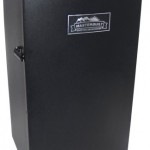
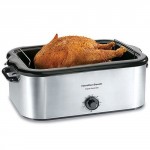
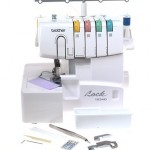
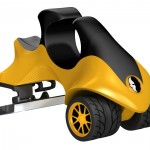
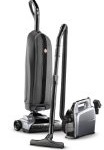

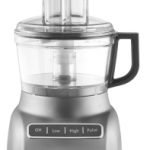

 Facebook
Facebook Pinterest
Pinterest Twitter
Twitter Google+
Google+